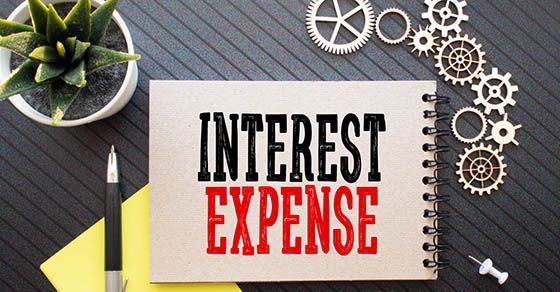Family business focus: Taking it to the next level
Family businesses often start out small, with casual operational approaches. However, informal (or nonexistent) policies and procedures can become problematic as such companies grow.
Employees may grumble about unclear, inconsistent rules. Lenders and investors might frown on suboptimal accounting practices. Perhaps worst of all, customers can become disenfranchised by slow or unsatisfying service. Simply put, there may come a time when you have to take it to the next level.
4 critical areas
Has your family-owned company reached the point where it needs to expand its operational infrastructure to handle a larger customer base, manage higher revenue volumes and capitalize on new market opportunities? If so, look to strengthen these four critical areas:
1. Performance management. Family business owners often get used to putting out fires and tying up loose ends. However, as the company grows, doing so can get increasingly difficult and frustrating. Sound familiar? The problem may not lie entirely with your employees. If you haven’t already done so, write formal job descriptions. Then, provide proper training to teach staff members how to fulfill the stated duties.
From there, implement a formal performance management system to evaluate employees, give constructive feedback, and help determine promotions and pay raises. Effective performance management not only helps employees improve, but also contributes to motivation and retention. It’s particularly important for nonfamily staff, who may feel like they’re not being evaluated the same way as working family members.
In addition, if you don’t yet have an employee handbook, write one. Work with a qualified employment attorney to refine the language and ask everyone to sign an acknowledgment that they received and read it.
2. Business processes. Think of your business processes as the pistons of the engine that drives your family-owned company. We’re talking about things such as:
- Production of goods or services,
- Sales and marketing,
- Customer support,
- Accounting and financial management, and
- Human resources.
The more you document and enhance these and other processes, the easier it is to train staff and improve their performances. Bear in mind that enhancing business processes usually involves streamlining them to reduce manual effort and redundancies.
3. Strategic planning. Many family business owners keep their company visions to themselves. If they do share them, it’s impromptu, around the dinner table or during family gatherings.
As your company grows, formalize your approach to strategic planning. This starts with building a solid leadership team with whom you can share your thoughts and listen to their opinions and ideas. From there, hold regular strategic-planning meetings and perhaps even an annual retreat.
When ready, share company goals with employees and ask for their feedback. Keeping staff in the loop empowers them and helps ensure they buy into the direction you’re taking.
4. Information technology. Nowadays, the systems and software your family business uses to operate can make or break its success. As your company grows, outdated or unscalable solutions will likely inhibit efficiency, undercut competitiveness, and expose you to fraud or hackers.
Running a professional, process-oriented business generally requires integration. This means all your various systems and software should work together seamlessly. You want your authorized users to be able to get to information quickly and easily. You also want to automate as many processes as possible to improve efficiency and productivity.
Last but certainly not least, you must address cybersecurity. Growing family businesses are prime targets for criminals looking to steal data or abduct it for ransom. Internal fraud is an ever-present threat as well.
Change and adapt
Perhaps the most dangerous thing any family business owner can say is, “But we’ve always done it that way!” A growing company is a testament to your hard work, but you’ll need to be adaptable and willing to change to keep it moving forward. We can help you reevaluate and improve all your business processes related to accounting, financial management and tax planning.
© 2024










